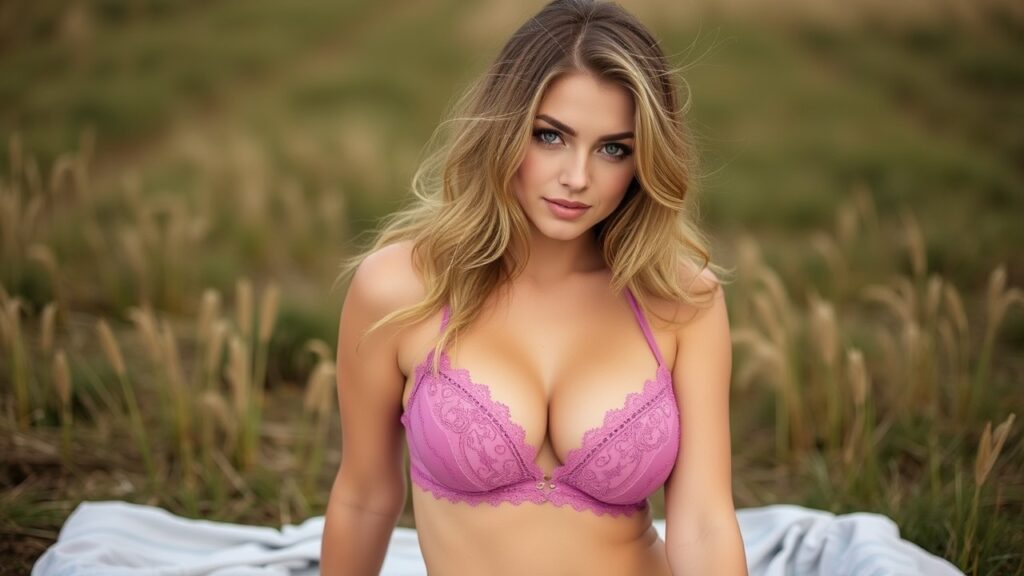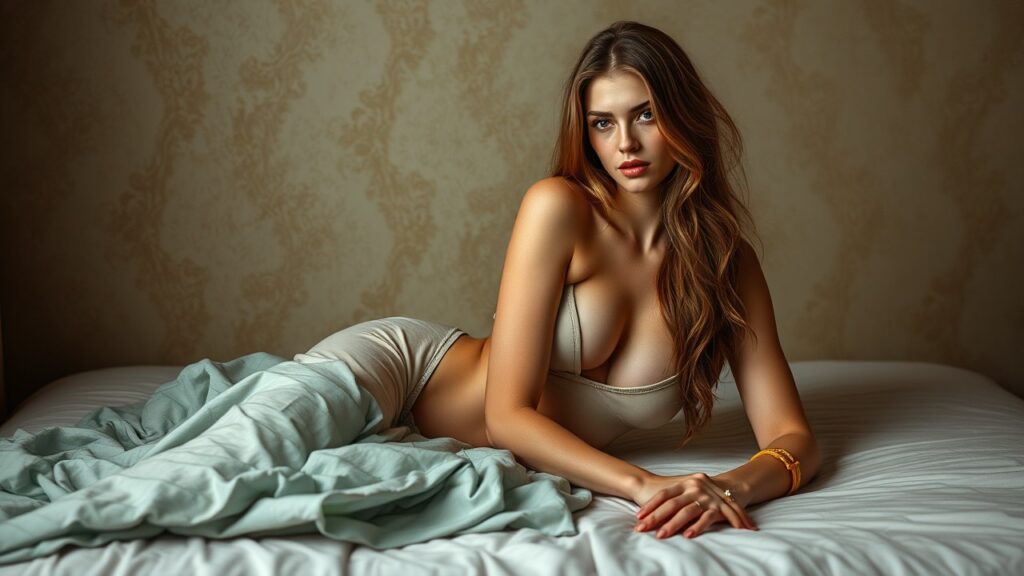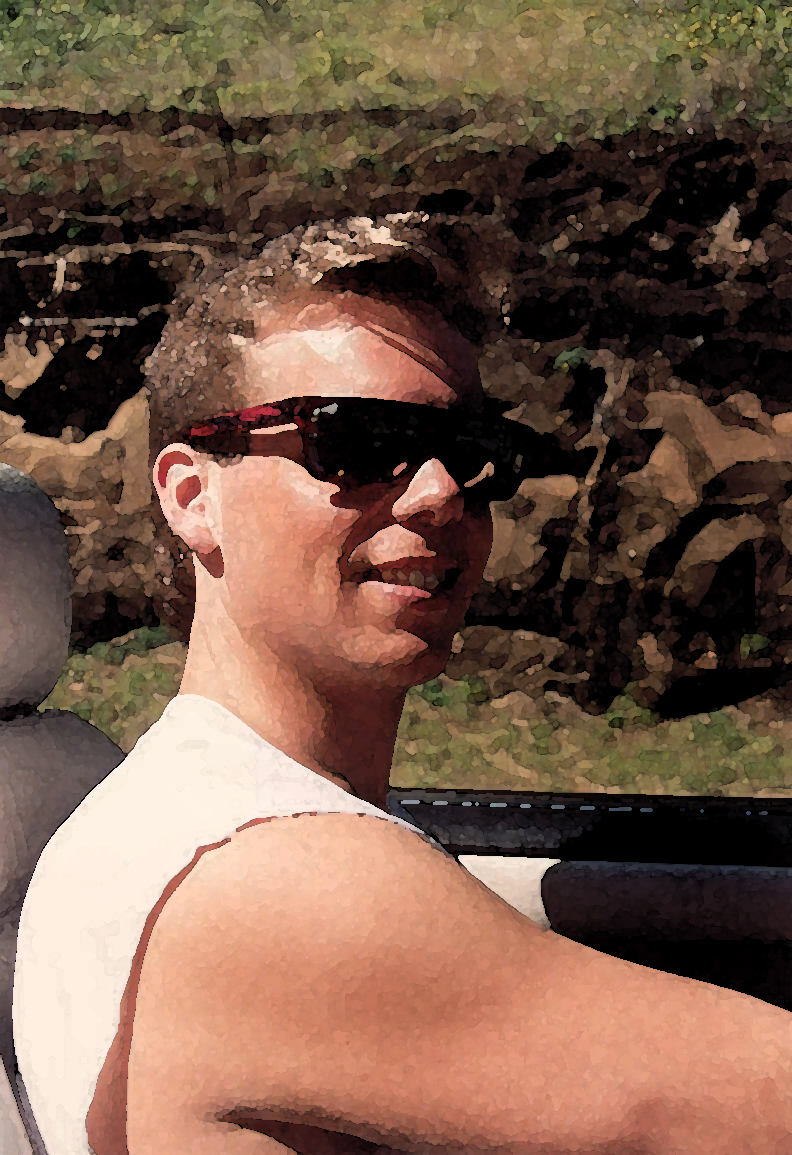Photography is an art that captures moments, emotions, and stories. When it comes to photographing models, especially female models, the art form takes on a nuanced level of complexity. The female form has been a subject of artistic expression for centuries, celebrated for its grace, strength, and diversity. However, in contemporary photography, working with female models requires not just technical skill but also an understanding of the models’ perspectives, the evolving standards of beauty, and the ethical considerations involved.
In this blog post, we’ll explore various facets of photographing female models, providing tips for creating compelling images while maintaining a respectful and professional environment.



1. The Evolution of Female Modeling
Modeling has evolved significantly over the years. In the early 20th century, models were primarily seen in fashion and advertising, showcasing the latest trends in clothing and cosmetics. They were often confined to a narrow standard of beauty, which emphasized specific body types, skin tones, and facial features. However, the landscape of female modeling has since diversified dramatically.
Today, the industry celebrates diversity and inclusivity, welcoming models of all sizes, shapes, ages, and backgrounds. This change reflects a broader cultural shift toward embracing individuality and challenging traditional beauty norms. Photographers now have the opportunity to capture a wide array of beauty, focusing on the unique characteristics that make each model stand out.
2. Understanding and Respecting Boundaries
One of the most crucial aspects of working with female models is establishing a professional and respectful atmosphere. This begins with clear communication before the shoot. Discuss the concept, wardrobe, poses, and any potential comfort zones or boundaries. Make sure to listen to the model’s input and respect their wishes regarding what they are comfortable with.
It’s also essential to establish clear guidelines on how the photographs will be used. Models have the right to know where and how their images will appear, whether it’s for a personal portfolio, commercial use, or publication. Consent and mutual agreement are key to fostering trust and ensuring a positive experience for both the photographer and the model.
3. Preparation: Planning the Photoshoot
Preparation is the foundation of a successful photoshoot. Here are some steps to consider when planning a session with a female model:
a. Concept Development
Before the shoot, develop a clear concept or theme. Are you aiming for high-fashion editorial shots, lifestyle images, or something more artistic? Having a concept in mind helps guide the entire process, from location scouting to wardrobe selection. Share your vision with the model to ensure they are aligned with the creative direction.
b. Mood Board Creation
Creating a mood board is an effective way to communicate the visual style you want to achieve. Use images, color palettes, and poses to convey the mood and atmosphere of the shoot. This visual reference can help the model understand the desired outcome and inspire poses and expressions.
c. Wardrobe and Styling
Wardrobe and styling play a significant role in the overall aesthetic of the shoot. Depending on the theme, the outfit can range from casual wear to avant-garde fashion. Collaborate with the model to choose outfits that enhance the concept while also making them feel comfortable and confident.
4. Setting the Stage: Lighting and Environment
Lighting is a critical element in photography, and it can dramatically affect the mood of the images. When working with female models, different lighting setups can be used to highlight features, create shadows, and add depth.
a. Natural Light
Natural light is often favored for its softness and ability to create a flattering glow. For outdoor shoots, consider the golden hour—the period shortly after sunrise or before sunset—when the light is warm and diffused. This light can enhance the model’s features, giving the images a dreamy quality.
b. Studio Lighting
Studio lighting offers more control and flexibility. You can manipulate light to create high-contrast, dramatic images or soft, evenly-lit portraits. Experiment with different setups, such as softboxes, reflectors, and diffusers, to achieve the desired effect. For more dramatic results, use techniques like Rembrandt lighting or split lighting to play with shadows and highlights.
c. Environment and Background
The environment can significantly influence the mood of the photograph. Whether it’s an urban setting, a natural landscape, or a minimalist studio backdrop, choose a location that complements the theme and enhances the model’s presence. Ensure the background does not distract from the model but rather supports the narrative you aim to create.
5. Posing: Guiding the Model
Posing is an art in itself. When photographing female models, it’s crucial to guide them into poses that are both flattering and expressive. Here are some tips for effective posing:
a. Communicate Clearly
Communication is key. Provide clear and gentle instructions to help the model understand what you envision. Show examples or demonstrate the poses if necessary. Remember, the goal is to make the model feel comfortable and confident in front of the camera.
b. Highlight Natural Movements
Encourage the model to move naturally. Sometimes the best shots come from candid moments when the model is adjusting their hair, shifting their weight, or laughing. These unposed moments often convey a sense of authenticity and bring the images to life.
c. Use Angles and Lines
Experiment with angles and lines to create dynamic compositions. Ask the model to tilt their head, elongate their neck, or arch their back to create interesting shapes and lines. Pay attention to the placement of hands and feet, as these subtle details can add elegance and grace to the pose.
6. Capturing Emotions and Stories
Great photographs are not just about poses; they tell a story or evoke emotions. Work with the model to capture a range of expressions, from joy and confidence to introspection and mystery. The model’s eyes are particularly powerful in conveying emotion. Encourage them to connect with the camera and project the mood you want to capture.
7. Post-Processing: Enhancing the Images
Post-processing is where you refine your images and bring your vision to life. While editing, keep in mind that the goal is to enhance the model’s natural beauty, not to alter it drastically. Here are some aspects to consider during post-processing:
a. Skin Retouching
Skin retouching should be subtle and natural. Use tools like frequency separation to smooth skin while preserving texture. Avoid over-editing, which can result in an unnatural, plastic-like appearance. The aim is to highlight the model’s natural features while minimizing distractions like temporary blemishes.
b. Color Grading
Color grading can dramatically change the mood of an image. Adjust the tones, contrast, and saturation to create the desired atmosphere. Warm tones can evoke feelings of comfort and intimacy, while cooler tones can convey a sense of calmness or mystery.
c. Final Touches
Pay attention to the small details in the final edit. Remove any distractions in the background, adjust the framing if necessary, and ensure the image aligns with the overall concept. The final touches can elevate an image from good to exceptional.
8. Building a Collaborative Relationship
Working with female models is a collaborative process. It’s important to build a relationship based on mutual respect and trust. Acknowledge the model’s creativity and input during the shoot. They bring their own unique energy and style to the project, which can inspire new ideas and enhance the final outcome.
9. Ethical Considerations and Empowerment
The representation of female models in photography has ethical implications. As a photographer, you have a responsibility to portray models in a way that is respectful and empowering. Avoid perpetuating stereotypes or unrealistic beauty standards. Instead, celebrate diversity, individuality, and the strength of the female form.
Empower your models by giving them agency in the creative process. Allow them to express themselves and be part of the decision-making, whether it’s choosing poses, outfits, or the final selection of images. This collaboration fosters a positive experience and results in images that are authentic and powerful.

Steve Anderson, founder of Fuck buddy, is committed to guiding his readers through the ups and downs of finding and leaving love. As an author and expert in the field of dating she aspires to create content that is tailor-made for the modern dating world.
Growing up, Steve observed his parents’ grow in love and commitment with every year they were married. But, following a series of tough break-ups, Steve discovered that finding true love wasn’t as easy as he had thought. he then decided to pursue a career as a dating coach. Through his educational and life experience he learned that each situation requires a personalized approach, dependent on the values and desires of each of his clients. Since then he has become a sought-after expert on the nature of the dating game and how to win at it!

0 Comments